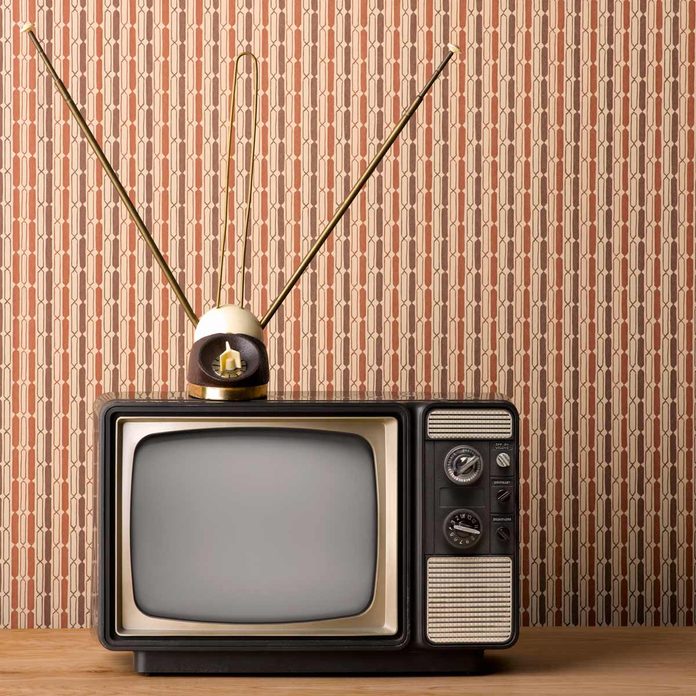
Adjust “Rabbit Ear” TV Antennas
If the only rabbit ears you’re familiar with are the ones you bite off of your chocolate Cadbury bunnies, then you probably weren’t around in the era when TVs still needed their antennas adjusted for clear reception. The twin antennas that topped TVs from their launch in the 1950s until about 2007, when they were phased out, were notoriously frustrating to manipulate.
Today, we have built-in digital tuners that often deliver a crystal-clear, HD-quality picture, and rabbit ears have become a virtual relic.

Drive a Stick Shift
While consulting your paper map, you might have been driving a car with manual transmission, otherwise known as a stick shift. Though stick-shift cars barely exist today, they were ubiquitous until about the 1970s.
Operating a “clutch” took a particular skill that was second nature to drivers of the day, but can seem much trickier to someone today who’s used to an automatic transmission. Shifting gears manually had a kind of cool factor that made it worth the ride, especially if you were driving a sports car. Some drivers preferred a stick shift for practical reasons, like fuel economy and performance.
Now that automatic cars have surpassed their predecessors in all areas, though, stick shifts are becoming archaic pretty fast; only about three percent of American cars now have them.
Check out 100 car maintenance tasks you can do on your own—no mechanic necessary!

Look Up Numbers In the Phone Book
If you need someone to repair a broken washing machine, fix a leaky roof, or deep-clean your carpets prior to the turn of the 20th century, you wouldn’t have Google at your fingertips.
Instead, you’d let your fingers do the walking right over to that heavy, dusty Yellow Pages—you know, the phone book you’d sit on as a kid when you were too short to reach the table—and flip through its razor-thin pages to browse services listed in alphabetical order.
It’s hard to remember what we did before we had user reviews to help us make our decisions! Even if you’re a DIYer, these are the 10 home projects you should always hire a pro for.
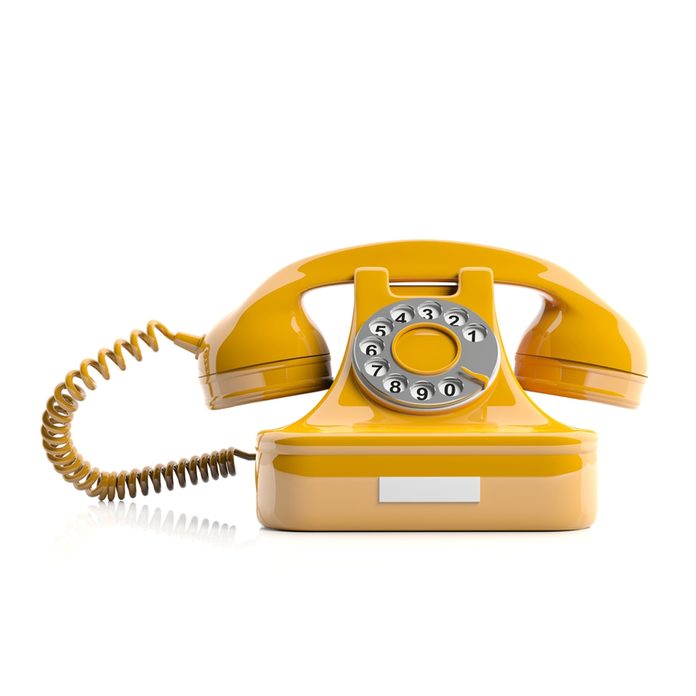
Dial a Rotary Phone
If you were looking up numbers in a phone book, odds are you were picking up your rotary phone and literally dialing, one number at a time, waiting patiently for the rotary dial to slowly make its way back to resting position.
Misdialed? Looks like you’d be hanging up and starting over again—there was no “backspace” to be found on those rotary phones we used to rely on. That said, cell phones and modern cordless phones have nothing on the charming, vintage design of a classic rotary model—which is why collectors and decorators still love to buy them for style alone.
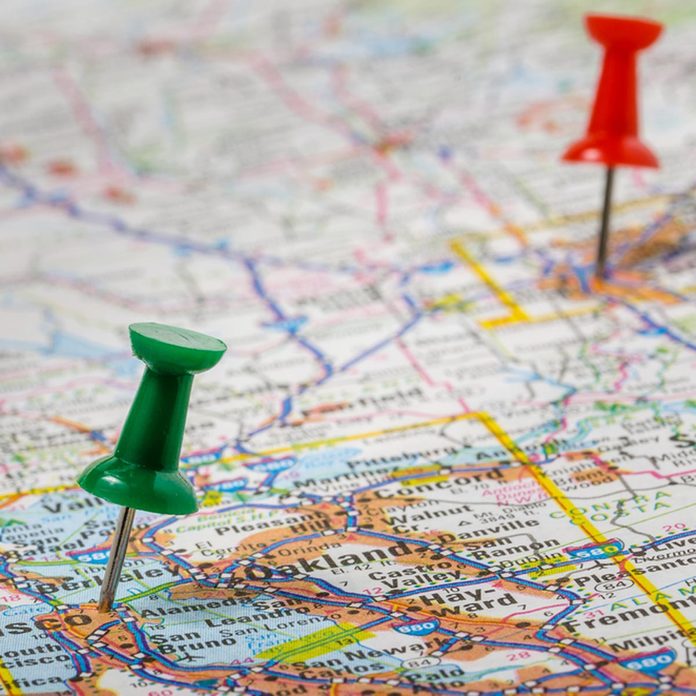
Read a Paper Map
Maybe you’ve found yourself driving along a winding road, following directions on Waze or Google Maps and thinking, “what did I ever do before GPS was invented?” As hard as it is to remember, there was a time when we got along just fine on our own homing skills—by unfolding large, unwieldy paper maps to find our way. And it wasn’t that long ago.
GPS technology wasn’t available to the public until the year 2000—prior to that it was only used by the military and law enforcement officers. Before then, cartographers were working hard to design maps, the tool we used to navigate and now are more likely to frame and use as old-timey art.

Set an Alarm Clock
Almost everyone has a smartphone with a built-in alarm function these days, which renders those bedside gadgets almost obsolete. Whether you were winding the hands of a clock or maneuvering the buttons of a digital device, somehow getting the right time—and making sure you chose a.m.—seemed like a Herculean effort when you were barely able to keep your eyes open on a Monday night.
And then there was the snooze function—and how easy it was to accidentally turn off the alarm instead. Cell phone alarms are typically programmed once and snoozed with a tap of the touchscreen. Plus, you have the option of waking up to soothing sounds or your favorite tunes if harsh, blaring ringtones aren’t exactly your thing.

Penmanship
Writing in cursive was not only a skill, it was practically an art. Penmanship has been around since the 1700s, when it was considered a status symbol to be able to glide your pen—or quill, as it were—across a page to communicate in writing or draw your signature.
Typewriters hit the scene en masse in the late 1800s, but the ubiquity of computers—even in the classroom—have pushed penmanship into near extinction. Future generations will never understand the satisfaction of learning to form a perfect loop honing a signature writing style that’s all their own.
If you have an example of some beautiful penmanship, frame it and use it as decor. Here’s everything you need to know about hanging artwork straight and level.
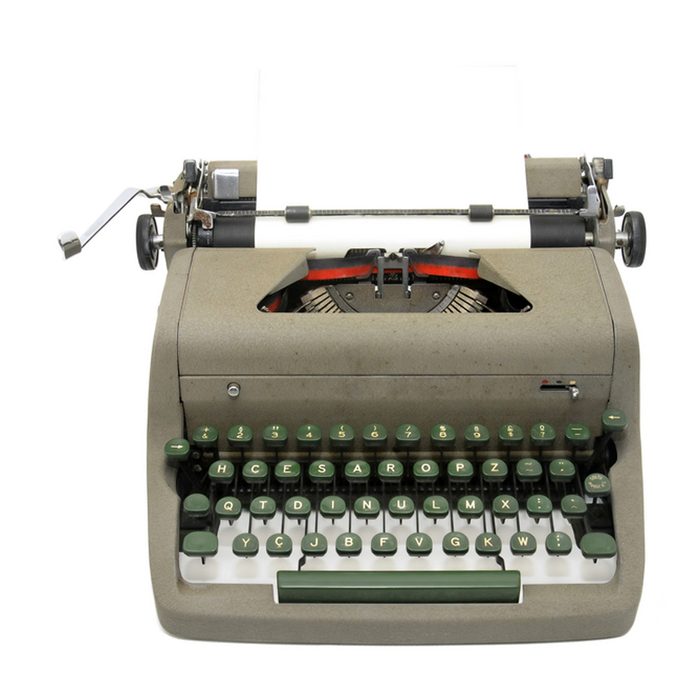
Change the Ink Ribbon in a Typewriter
Before computers and even word processors—before your words were saved in the cloud—it was necessary to stop tapping away at your keys when the ink ribbon ran out. At that point you’d remove the ribbon stool and replace it with a new one, providing you had an extra ribbon on hand.
You’d use your ribbon reverse lever to make sure it was installed properly and taut enough to keep your keys covered in ink. And when you were ready to resume, you’d shift your carriage to its starting point and and peck away—as long as you had your Wite-Out nearby, of course.
There is something that everyone does still need to know how to change—a furnace filter! Here’s how.
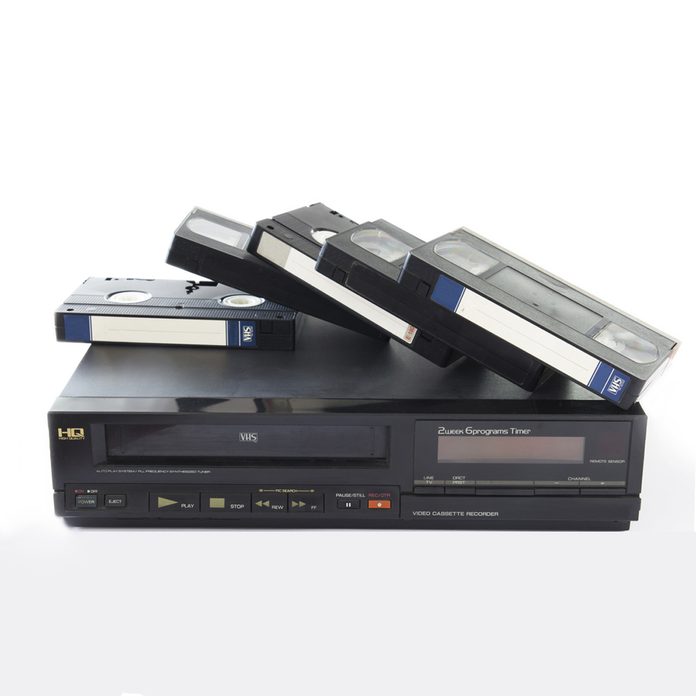
Clean a VCR Head
When your movie collection consisted solely of VHS tapes, you had a VCR to contend with—and it wasn’t always the sturdiest of gadgets. VCRs were terribly sensitive to dust, so cleaning the head of your VCR was a life skill practically anyone needed.
It consisted of disassembling your VCR to clean out the debris manually or actually inserting a electronic tape cleaner—basically, a VHS tape whose only function was to clean the VCR’s innards. If you need to convert video tapes to DVDs, here’s how to do it.

Use a Card Catalog
Remember the library? That place where people used to borrow books instead of downloading them onto e-readers? Before the library was digitized, it relied on a card catalog, a collection of physical, paper cards that indexed the library’s inventory and helped patrons know how to find what they were looking for according to categories like title, author and genre.
The cards were filed away in drawers in stately, apothecary-style cabinets. Now, all of that information fits neatly into the memory of just a single computer.
